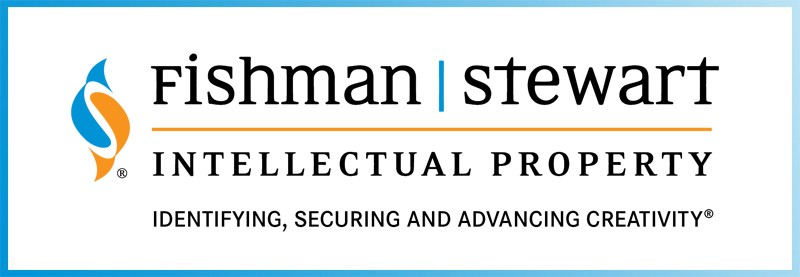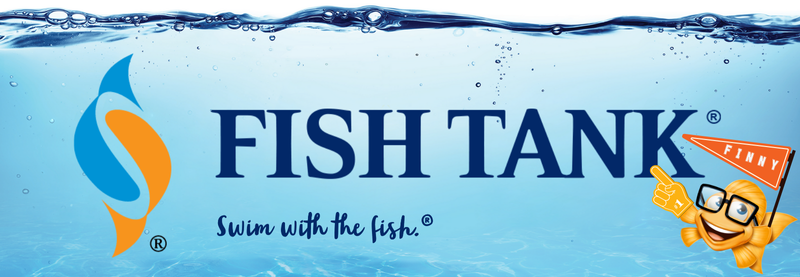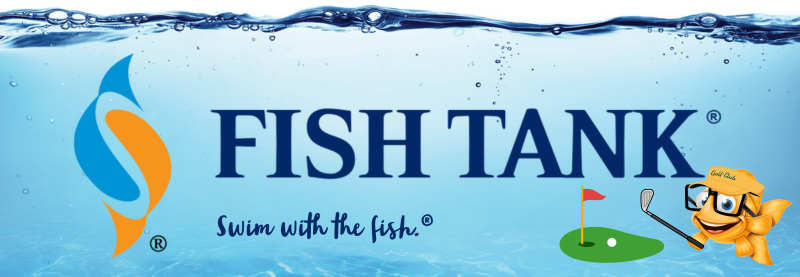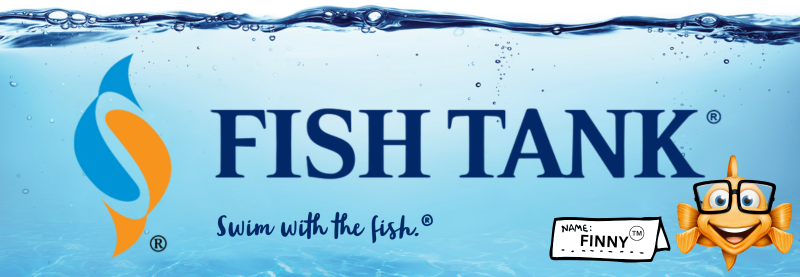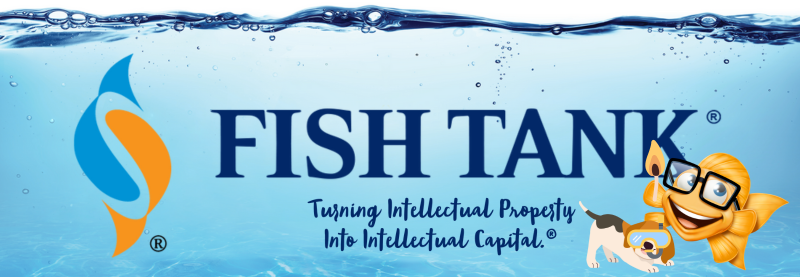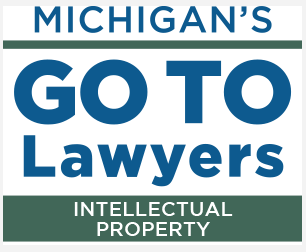Intellectual Property Insights from Fishman Stewart PLLC
Newsletter – Volume 24, Issue 11
Share on Social

Spring into Patents: Protecting IP rights from Gardeners to Farmers
By Gregory Bussell
As gardeners prepare their soil for planting this Spring, many innovations ranging from agricultural machinery and software applications to household gardening tools will be put to work.
The United States Patent Office is and has been crucial in protecting the agricultural-related intellectual property rights of gardeners (and farmers) across the country. The Patent Office provides inventors with exclusive rights to encourage investment in research and development; thus, fueling innovation within the agricultural sector, a critical industry, sustaining life and providing raw materials for a vast array of products.
Perhaps the most pivotal invention was patented by John Deere in 1865 as the Self-Polishing Plow, invented after Deere encountered difficulties with thicker Midwest soil sticking to previously used cast-iron plows. This invention was granted US Patent 46,454 and includes a specially curved blade to lift and turn the soil that is additionally polished such that the damp Midwest soil does not stick to the blade.
Deere’s success continued with the help of Gilpin Moore in developing the Sulky-Plow in 1875. Deere’s new and improved patented two-wheeled plow, US Patent 164,929, included a seat for farmers and attachable blades to increase the rate at which a field could be plowed.
By the 1930’s, Deere’s tractors were the heart of innovation and included many patented technologies, such as US Patent 1,616,729 for detachable rims of tractor wheels, and US Patent 1,717,163 for a selective-speed-transmission mechanism.
Turning to the 1960’s, agricultural revolution influenced home gardening with numerous innovations including hydroponics to provide improved growing techniques. Struggling at-home gardeners would soon benefit from improved gardening innovations, such as US Patent 2,983,076 by Patterson D Merrill that highlights a hydroponic device with a bulb to pump liquid to seeds, and US Patent 2,917,867 by Ralph K Bailey that teaches larger scale-hydroponic growing systems.
Not only did growing systems and methods improve, but so did handheld gardening tools. US Patent 5,025,621 by Vito A. DeMarco combined five gardening tools in one to provide increased convenience when in use in the garden, via decreased storage space and adaptive use.
When improved tools fail to assist the unsuccessful gardener, US Patent 9,603,300 may restore hope. Patent 300’ by Bo Pettersson may very well save the day with his Autonomous Gardening Vehicle with Camera. Additionally, US Patent 10,701,852 can further help gardeners restore their gardens via a weed control system that includes automatic target recognition.
These agricultural patents highlight just some of the means by which gardeners and farmers alike have benefited from patent protection. If improved tools cannot save your garden, it is possible that a target-identifying weed robot may be your last resort.
Greg is an Associate with Fishman Stewart PLLC. Intellectual property law became Gregory’s focus due to its unique blend of creativity, innovation, and legal intricacies. Protecting the rights of creators, inventors, and businesses allows him to be at the forefront of promoting progress and innovation in various industries.

Related Content from Fishman Stewart
In February, Nike and Skims announced that they will be working together on a new brand, NikeSkims. The co-brand will create a new line of training apparel, footwear, and accessories specifically designed to meet the unique needs of women athletes.
Generally, federal courts have exclusive jurisdiction over copyright cases, and often, this presents an insurmountable paywall for individual artists and small businesses to vindicate their rights, especially where the value of the individual copyrighted works are relatively low.
Dedicated to raising public awareness about the importance of encouraging innovation and creativity throughout the world, the World Intellectual Property Organization (WIPO) annually observes World Intellectual Property Day on April 26 to showcase the role that patents, trademarks, industrial designs, copyrights and trade secrets play in our everyday lives.
Hold onto your foam fingers, sports fans – college sports just got a whole lot more interesting! The latest updates to Name, Image, and Likeness (NIL) rules are making student-athletes bigger than ever, and it’s not just about the game anymore.
Did a federal court in Louisiana recently decide that US copyrights are global rights? It seems so.
L.A.B. Golf aims to protect its innovations, and therefore its market position, owning three patents for its zero-torque design. The question now is whether L.A.B. Golf can withstand the wave of copycat designs.
One of his most famous songs, “Lose Yourself” was recently at the center of a lawsuit. In 2019, Eminem’s publishing company Eight Mile Style sued Spotify claiming that Spotify streamed a number of its musical compositions without proper licenses.
Our latest article tackles three common trademark questions: 1. Can I trademark my own name? 2. Can I trademark the name of a fictional character? 3. Can I trademark the name of a U.S. president or British royal?
One of the most common challenges is whether AI should be free to train on data that is protected by copyright and owned by third parties without first obtaining permission.
Like the titles of single creative works, character names do not generate trademark rights unless used for a series of creative works (meaning two or more). A year ago, Jane Wick, LLC filed a trademark application for the mark JANE WICK in logo format.
IDENTIFYING, SECURING AND ADVANCING CREATIVITY®





